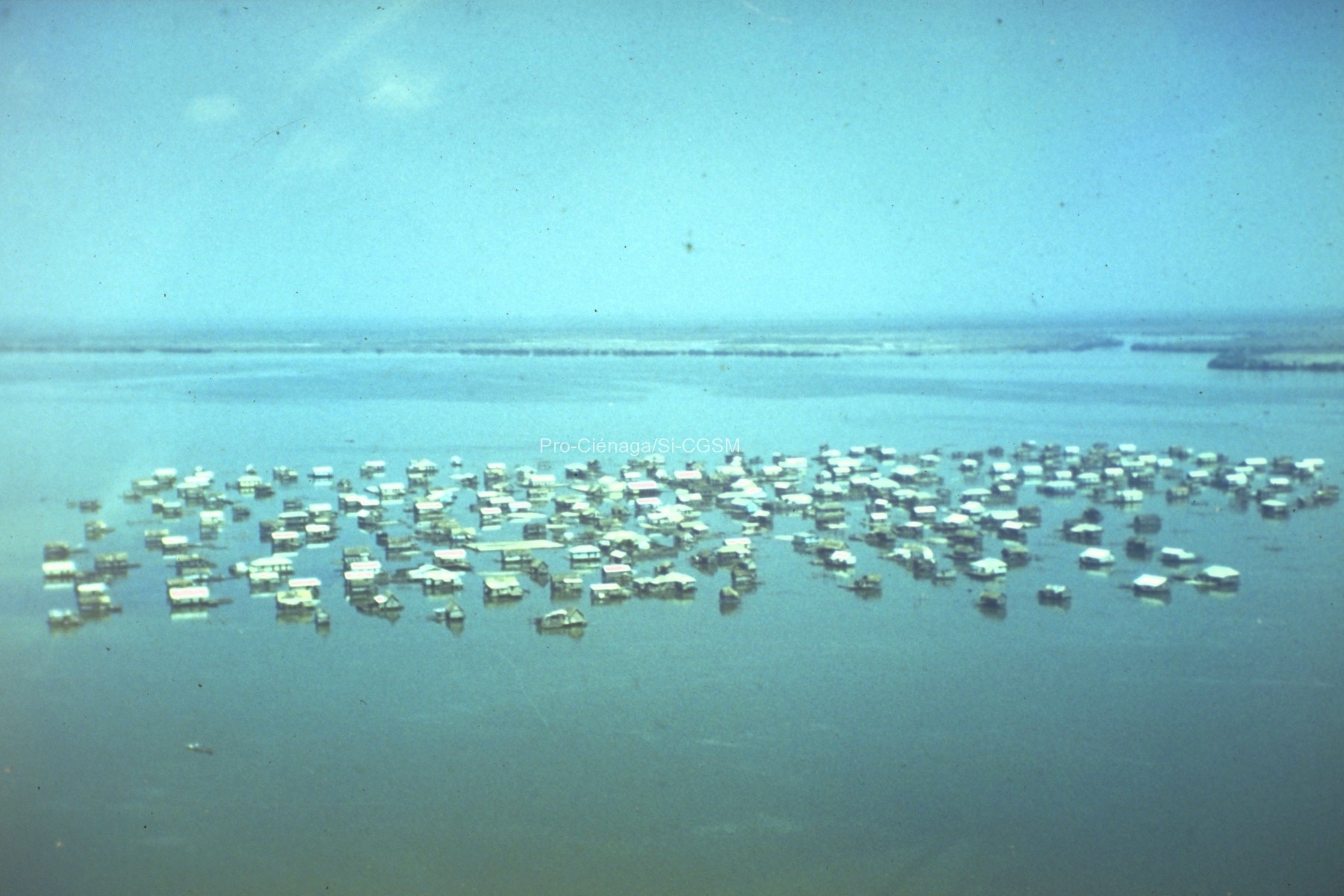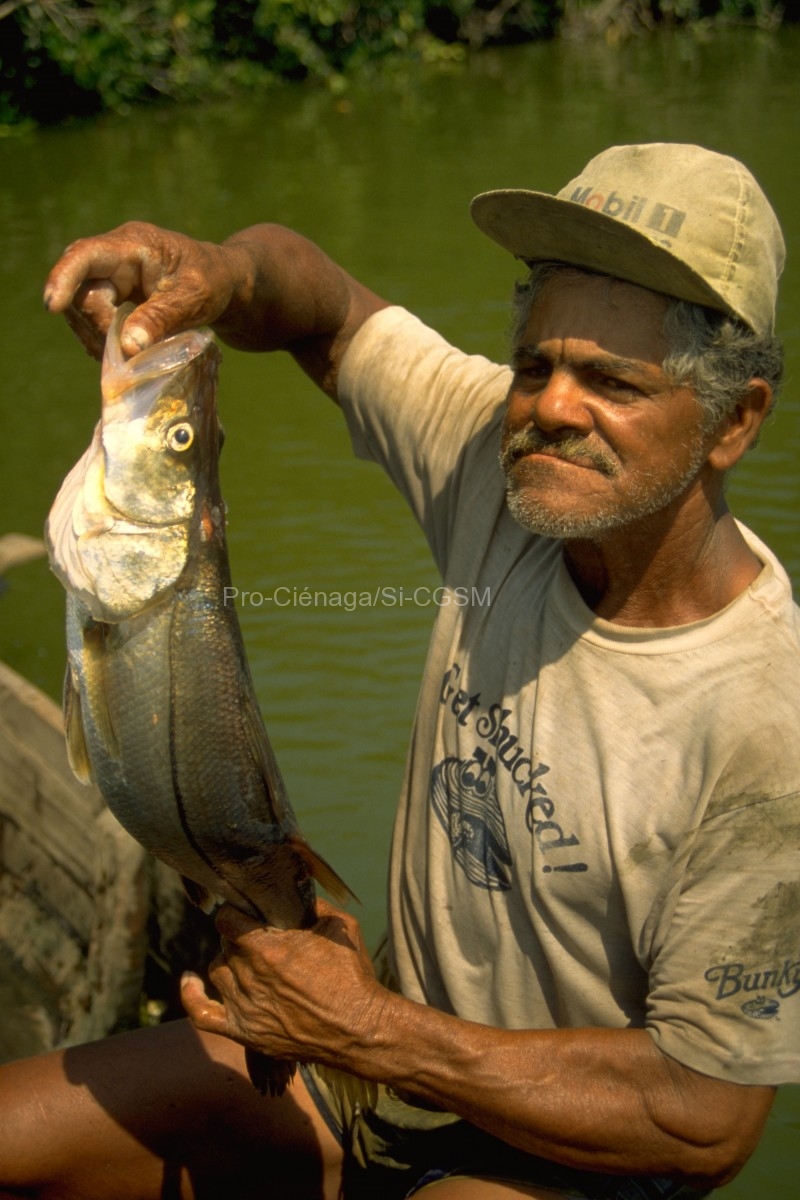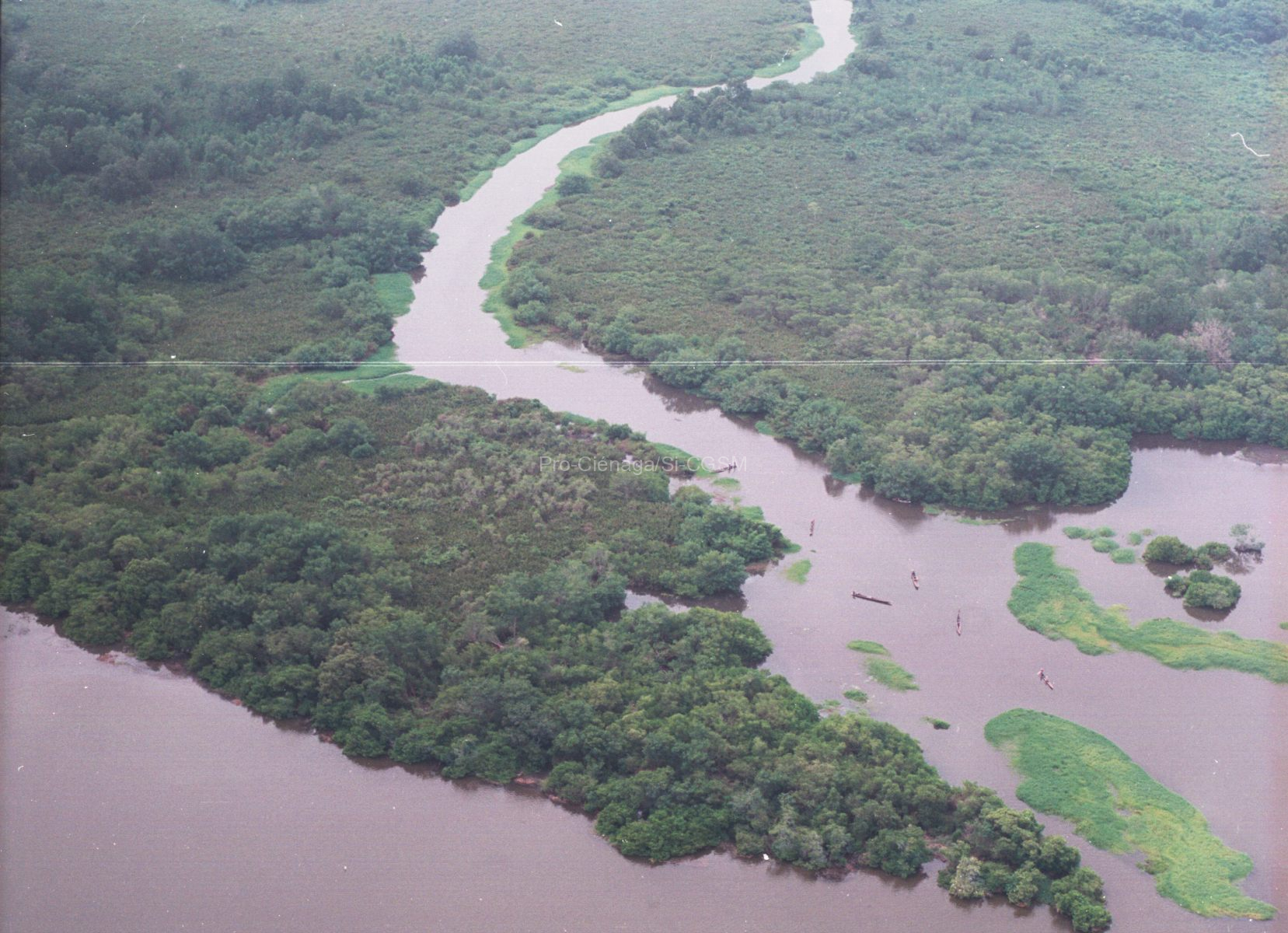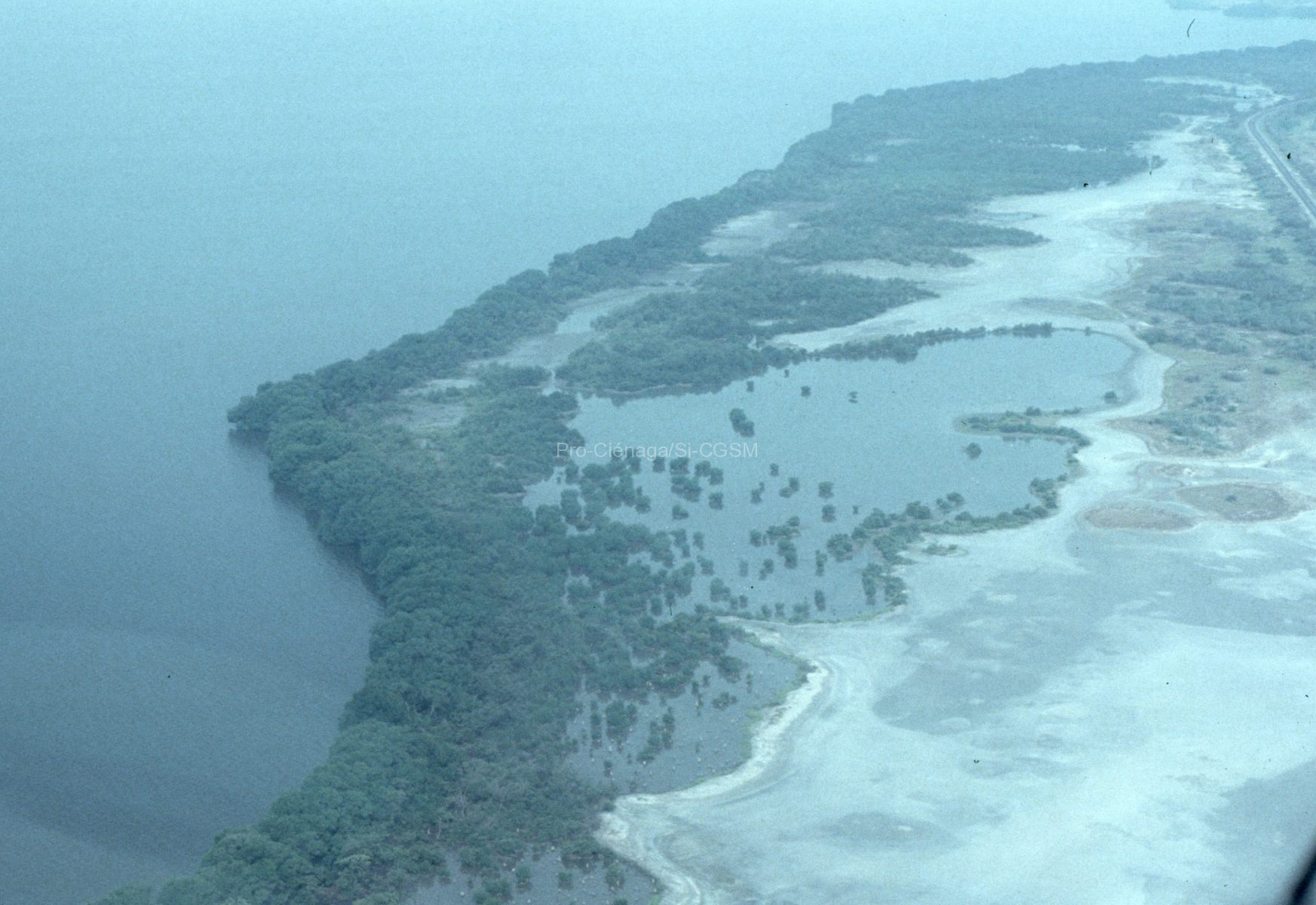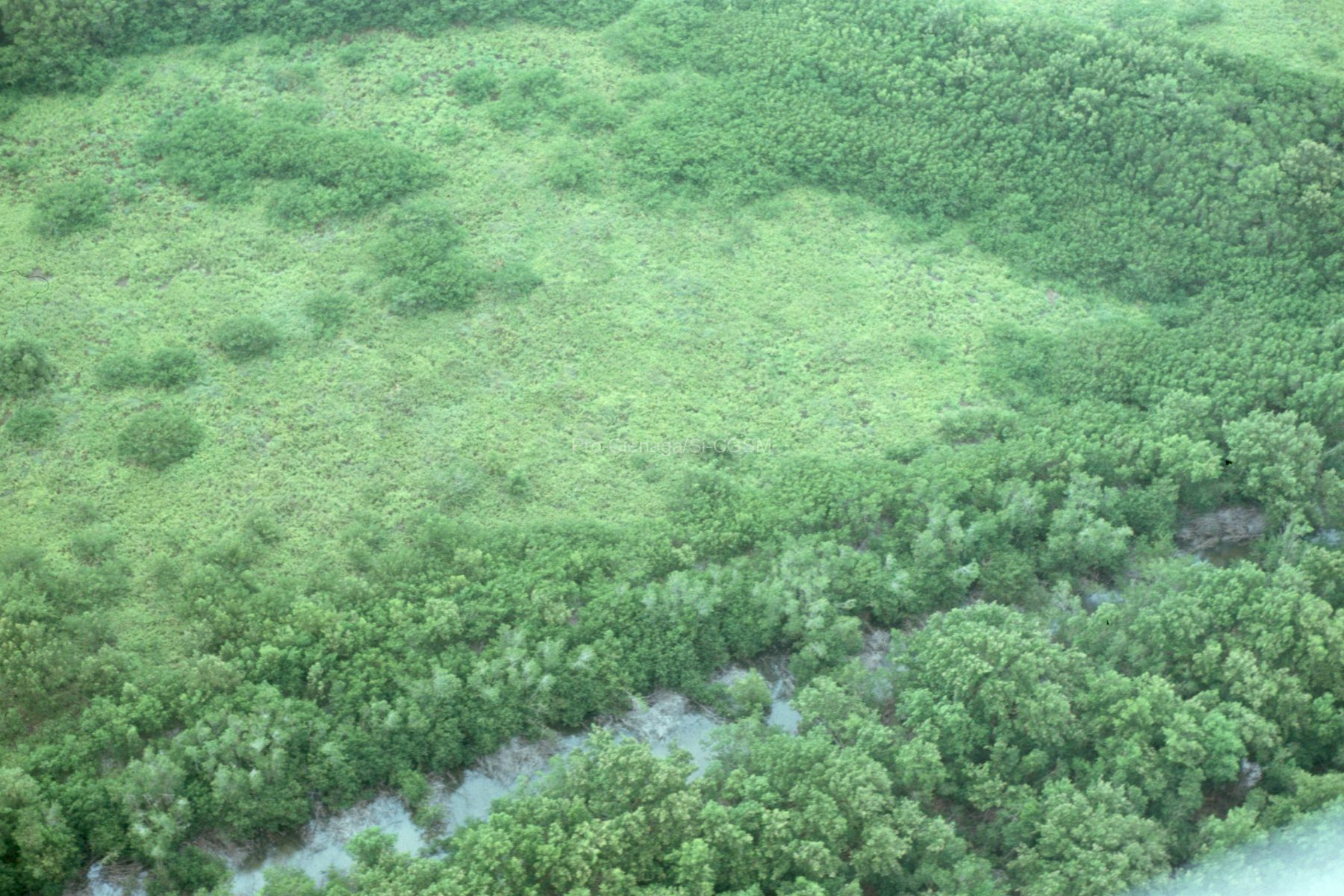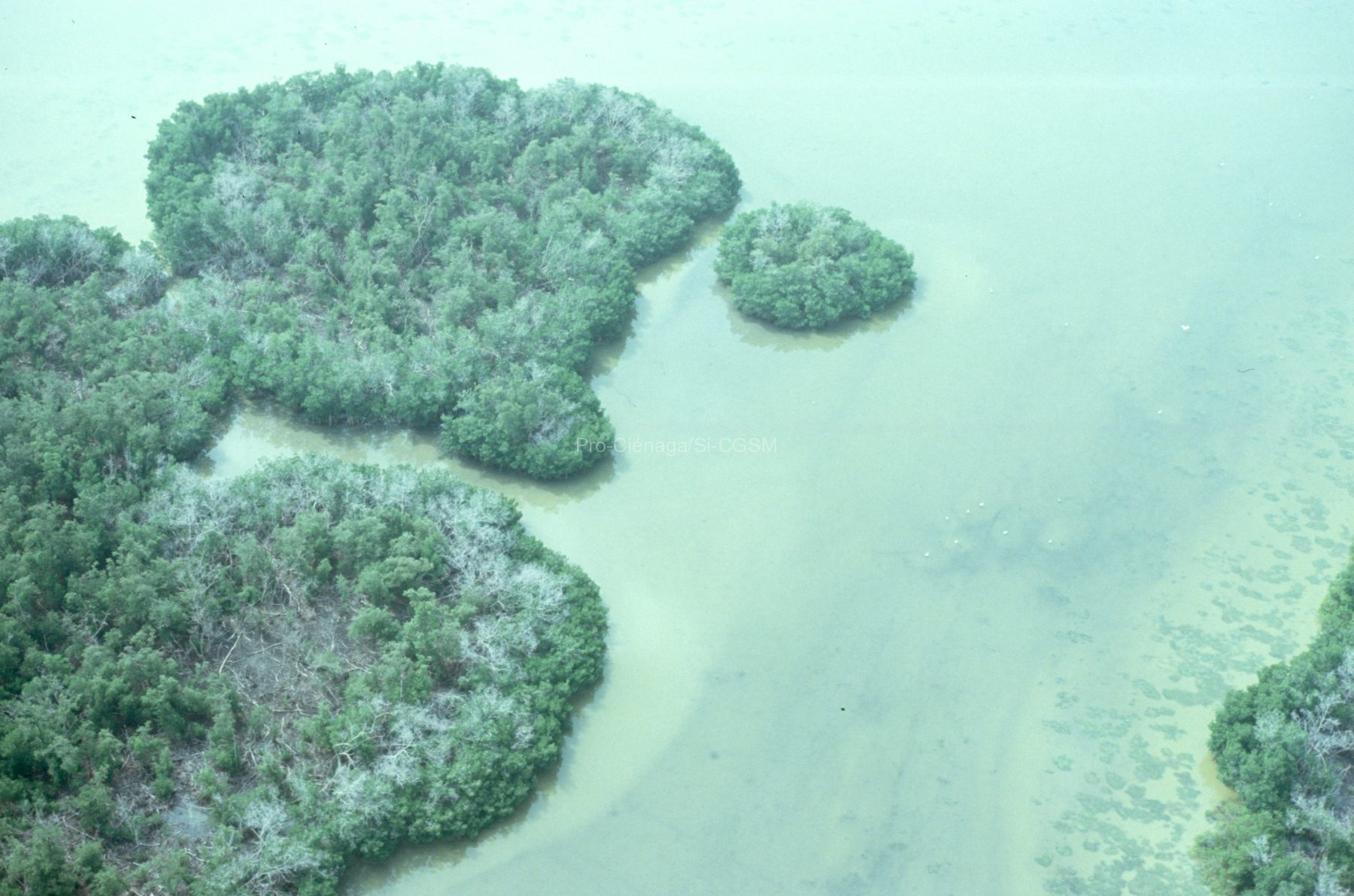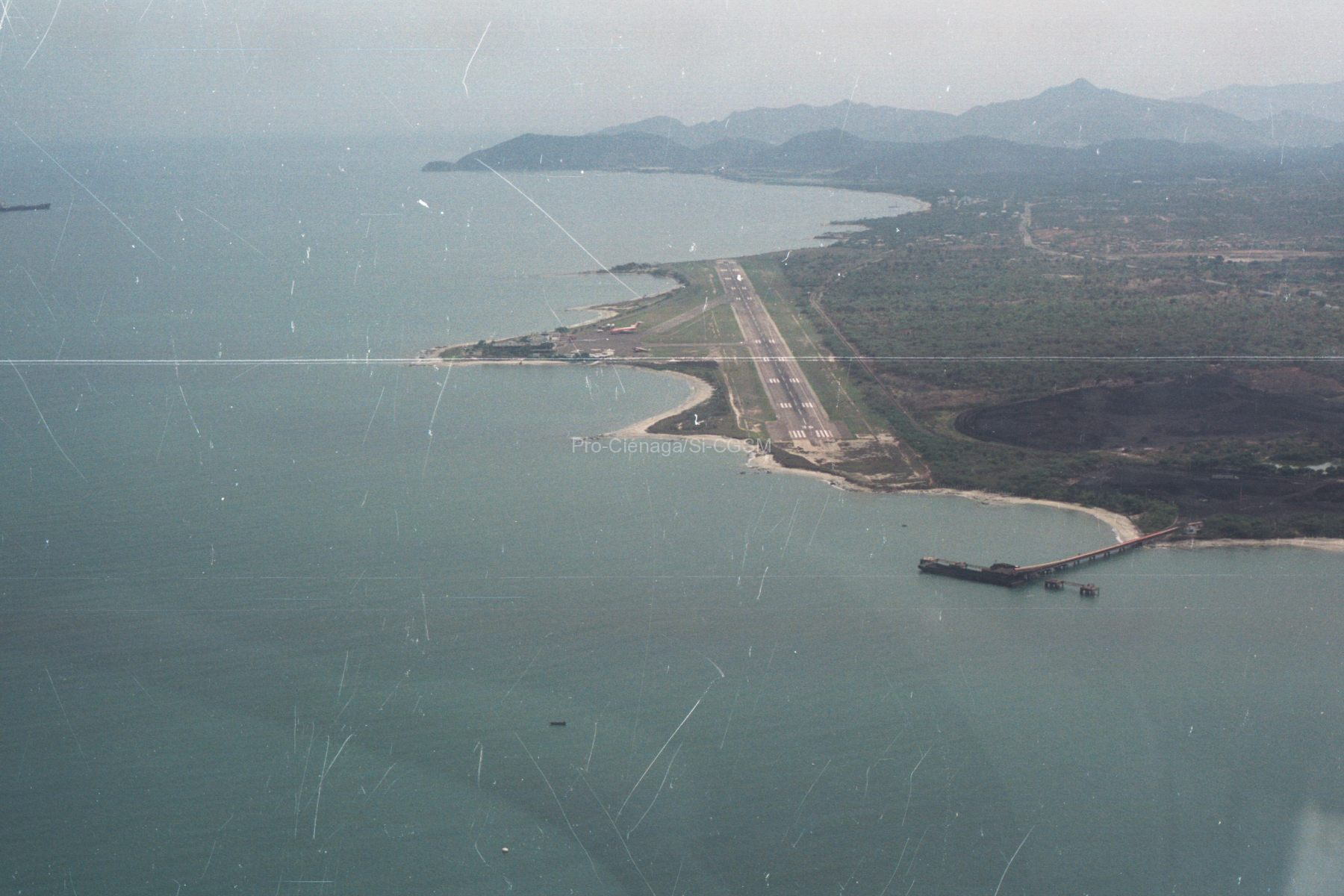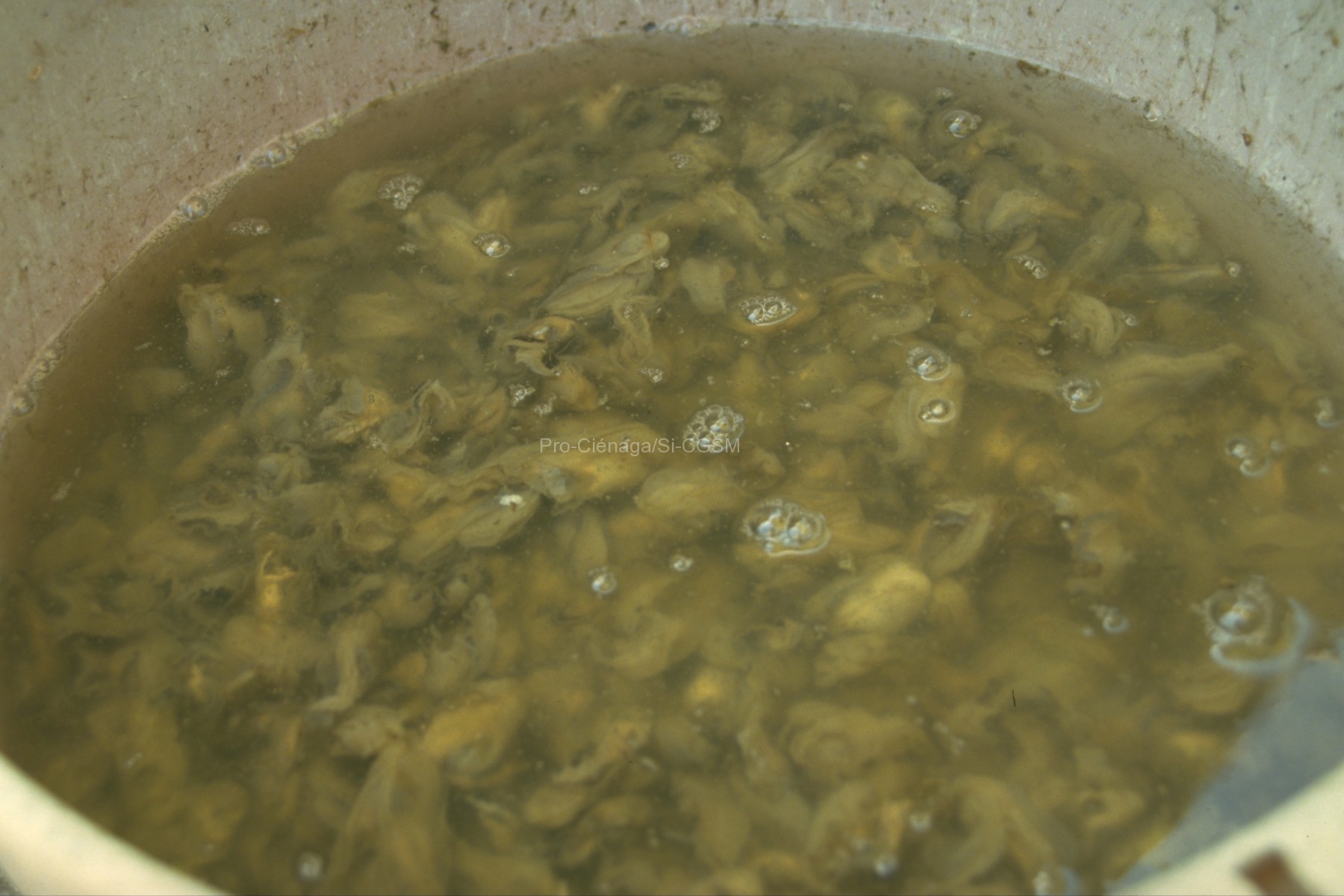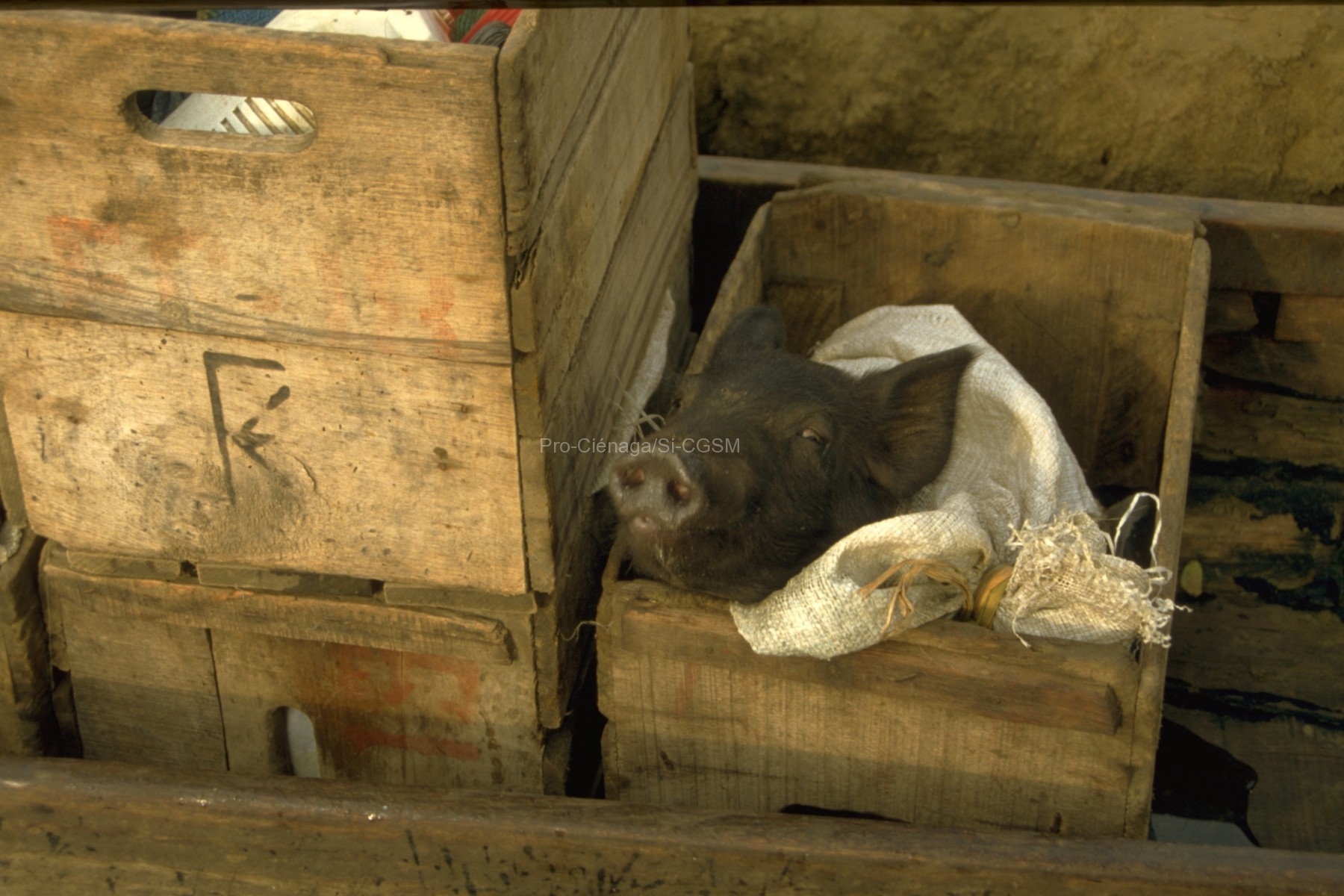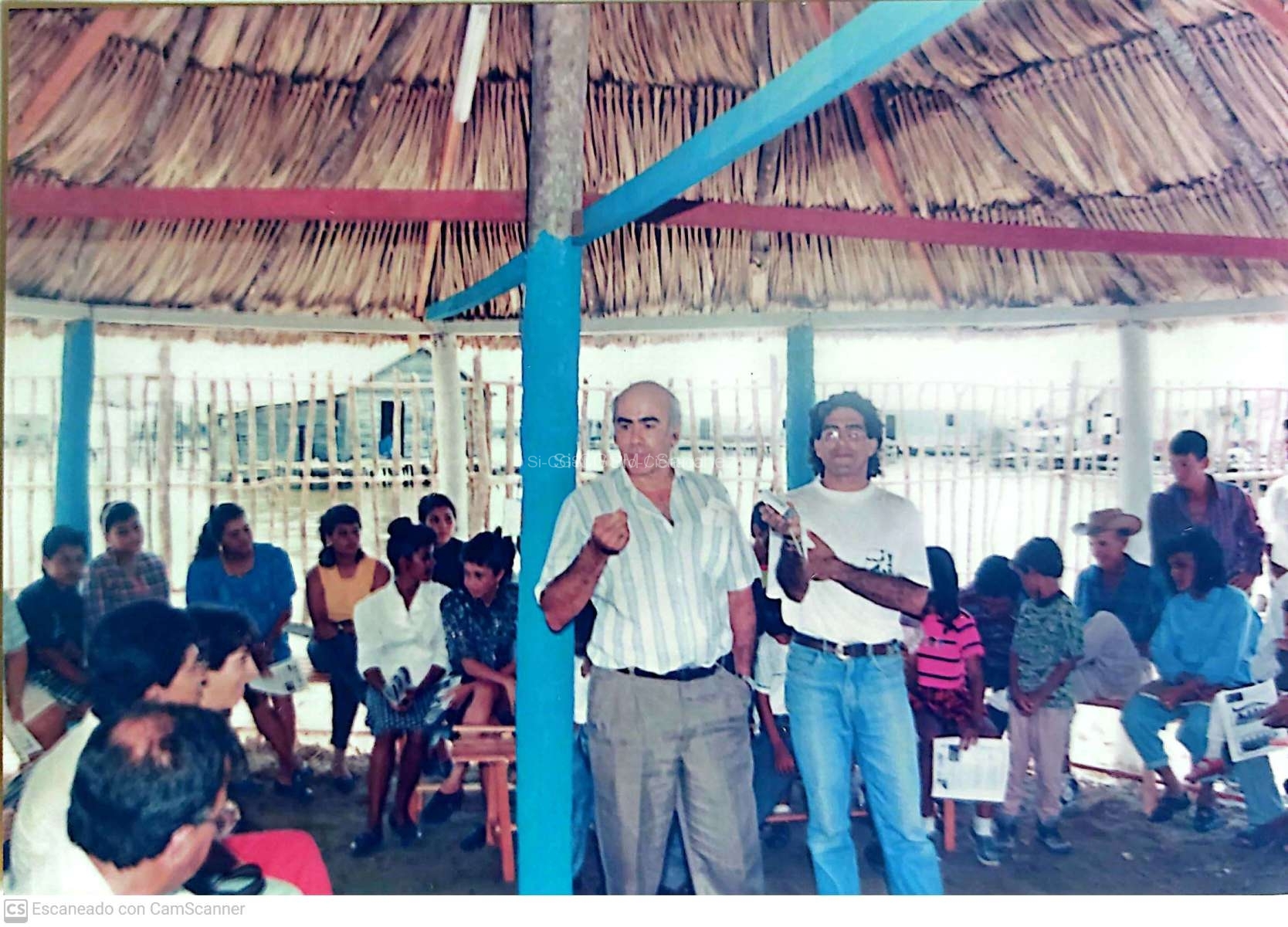https://doi.org/10.1016/j.fishres.2007.07.015
The remarkable interannual abundance variation in a tilapia (Oreochromis niloticus) fishery in Pajarales lagoon Complex (PC) is described and analyzed from the point of view of ENSO variability. This exotic species benefited from channeling works connecting the system with Magdalena River and favorable climate-hydrological changes, which took place in La Niña years 1996, 1999 and 2000. Later, in 2001–2005, the tilapia population practically disappeared in the lagoon system. Intolerance to salinity concentrations >10 seemed to act as a restraint for distribution and abundance of tilapias in PC. Non-linear models to explain the relative abundance variability of tilapias in the local artisanal fishery with salinity changes and ENSO intensity, measured as southern oscillation index anomaly, an ENSO indicator, are proposed. Fishery management hints are given, though the predictive ability of models remains linked to the actual forecast of ENSO events.

